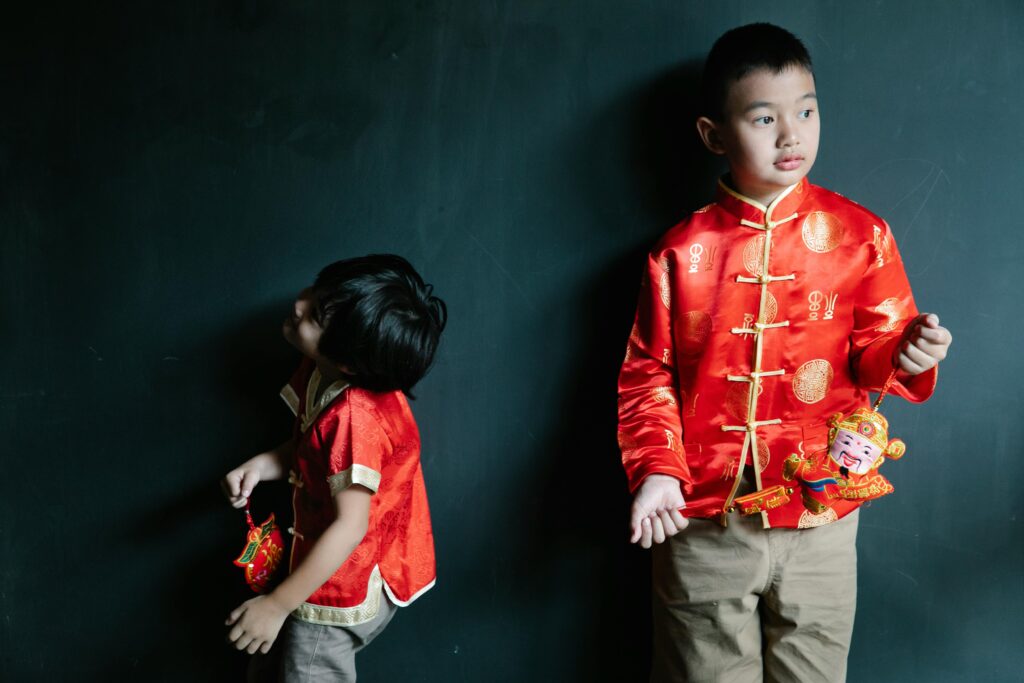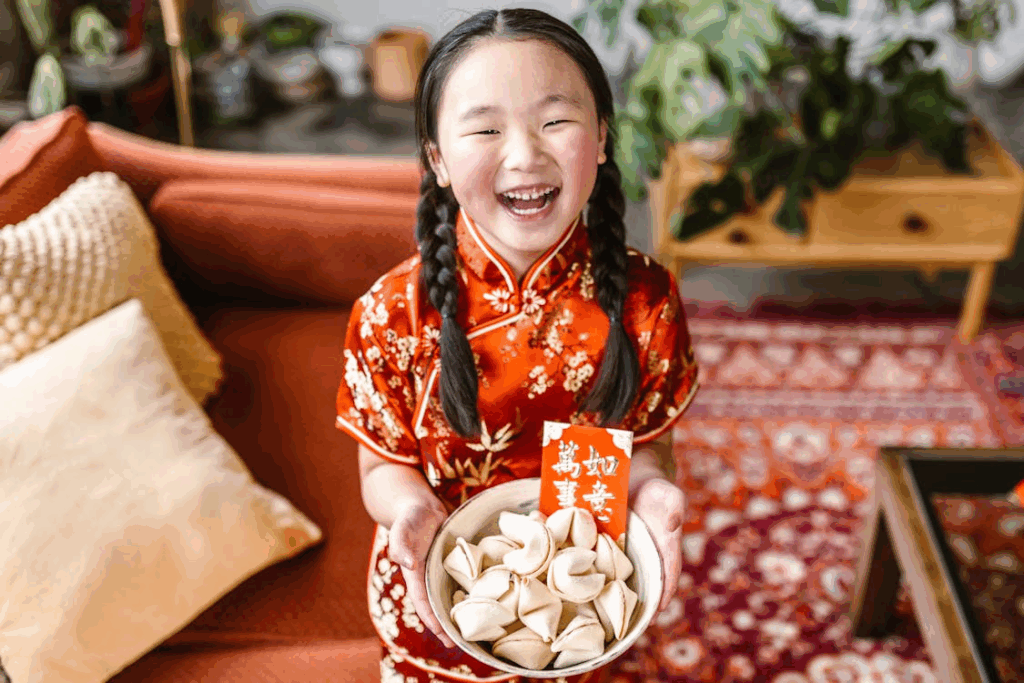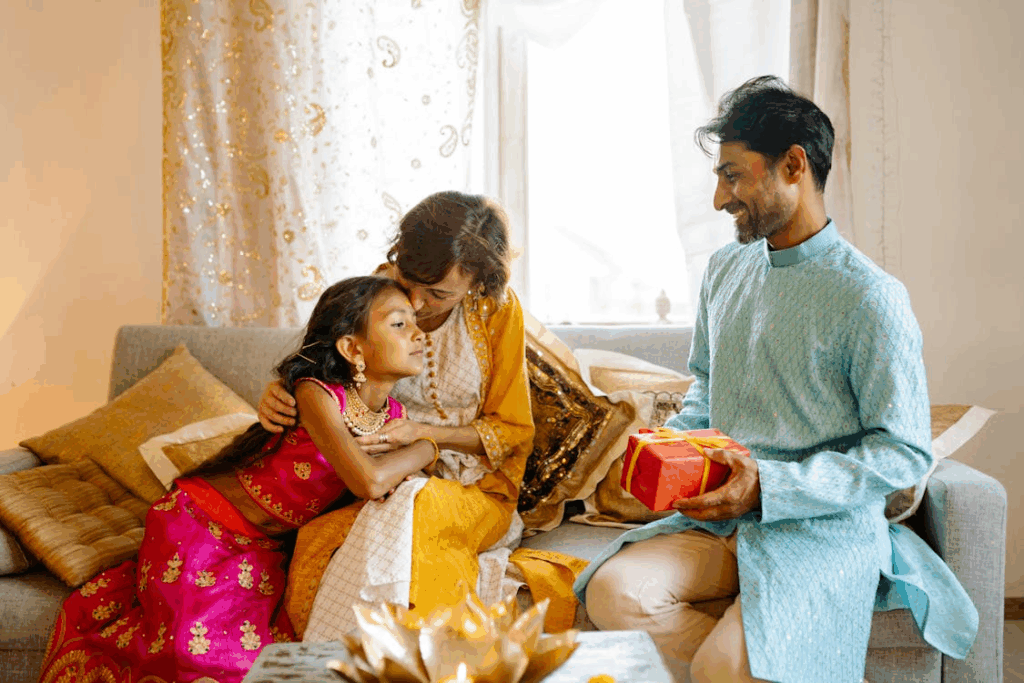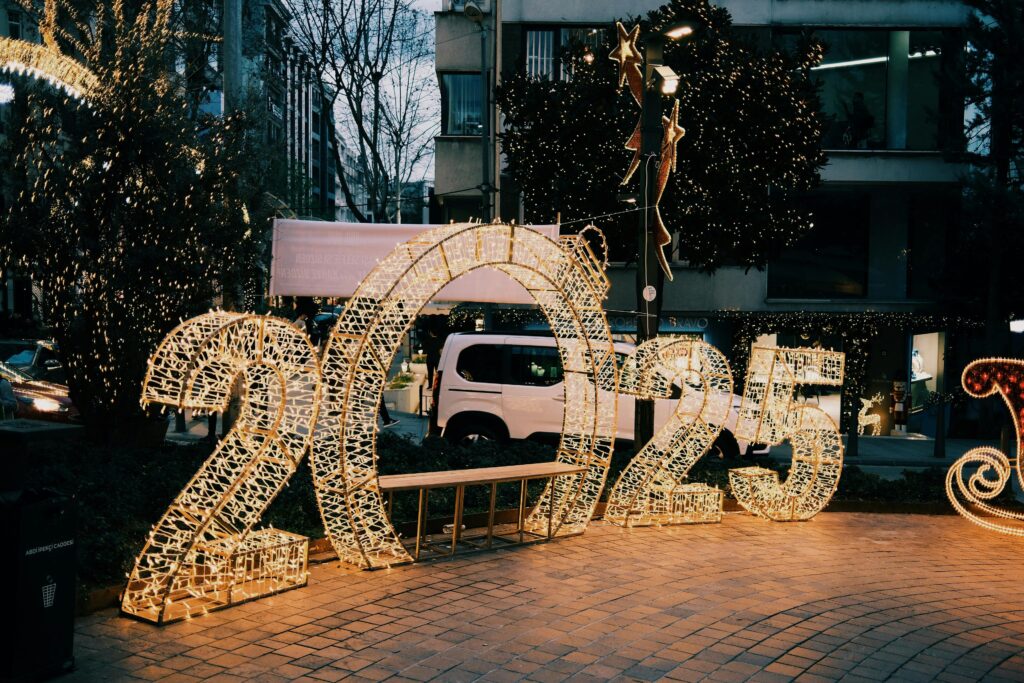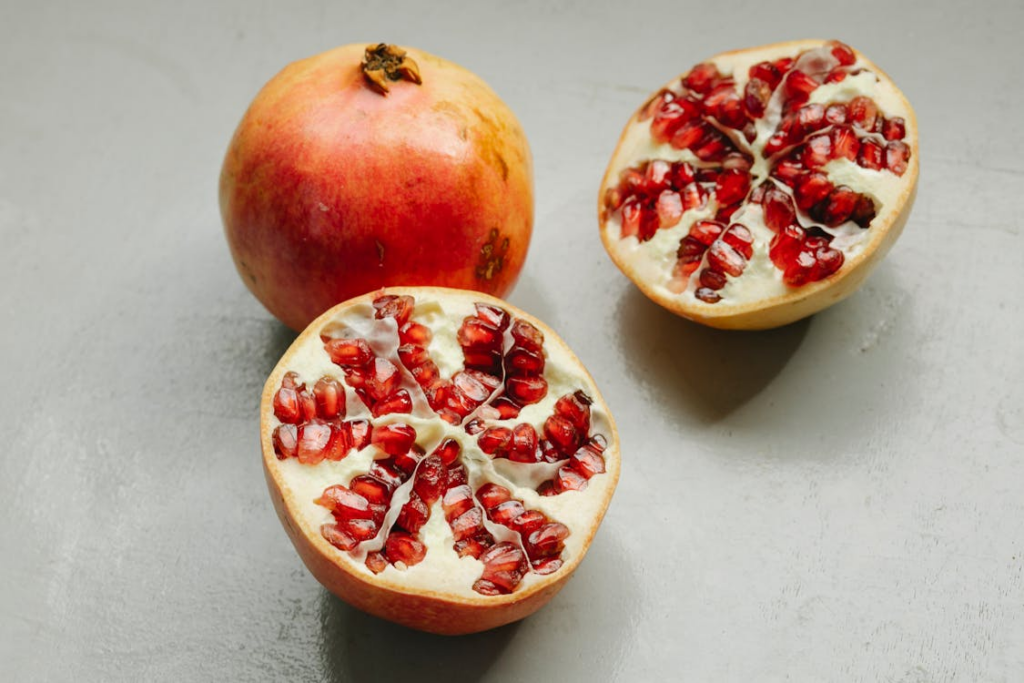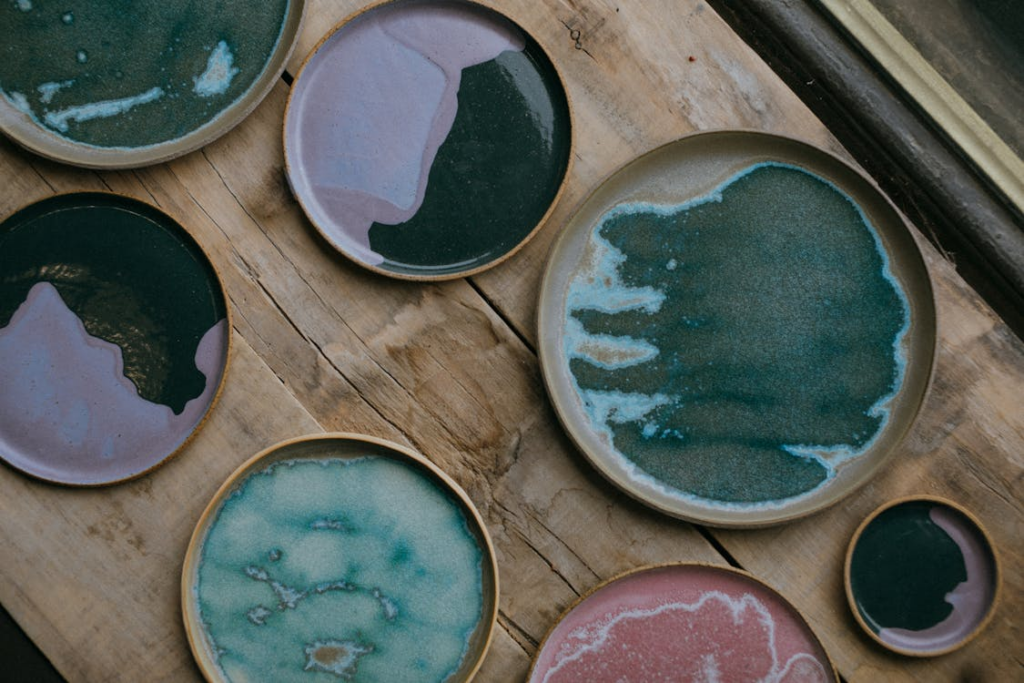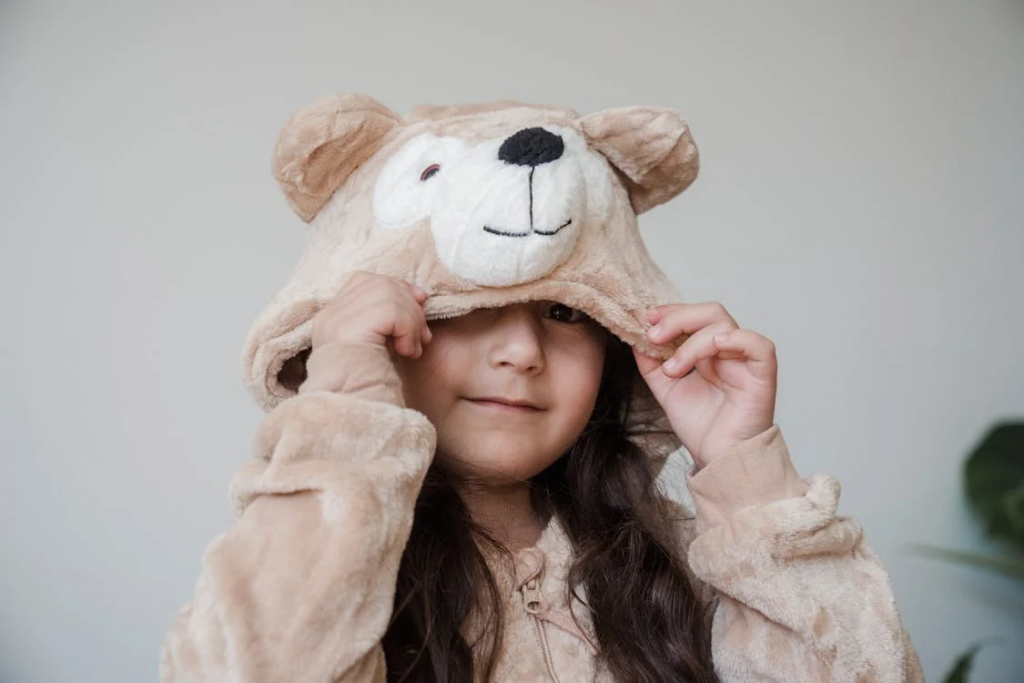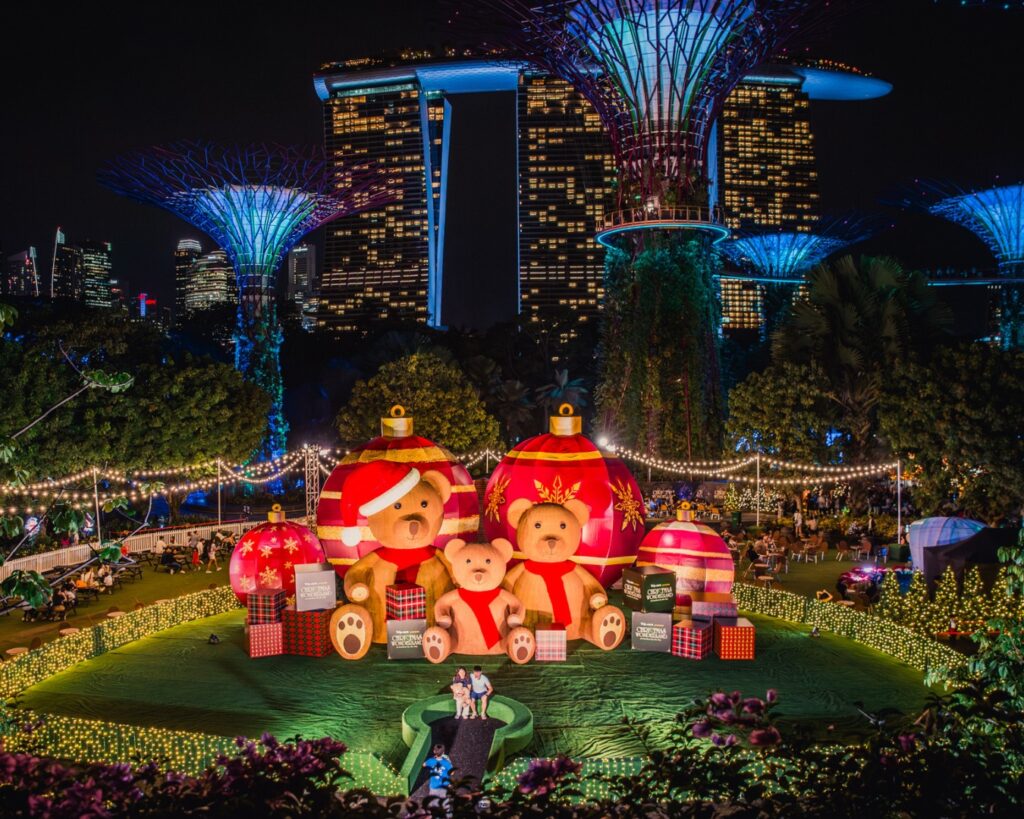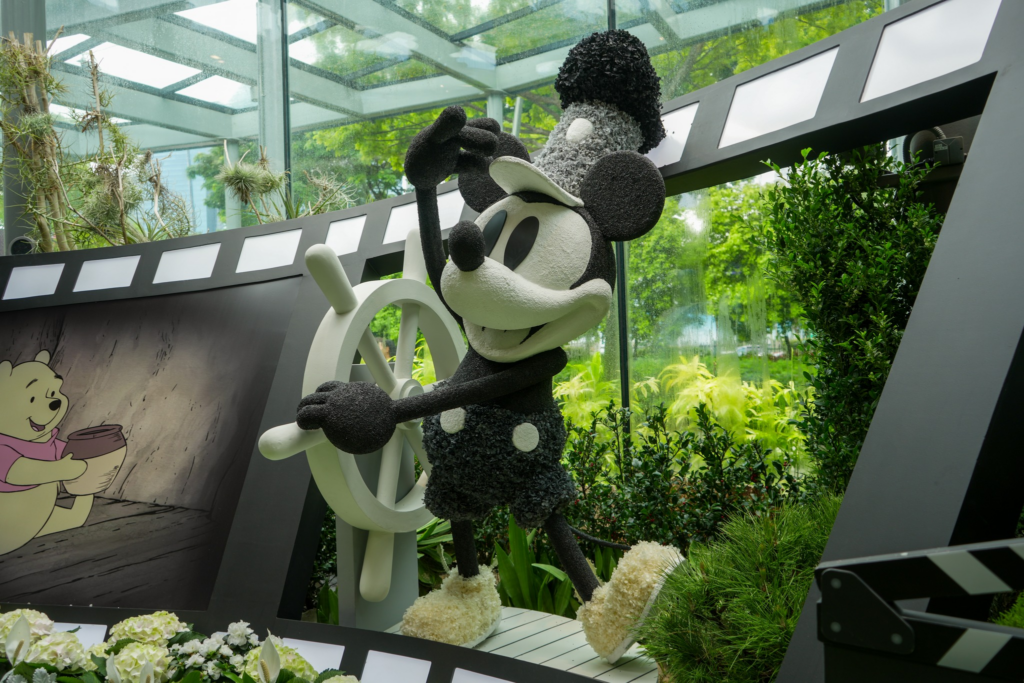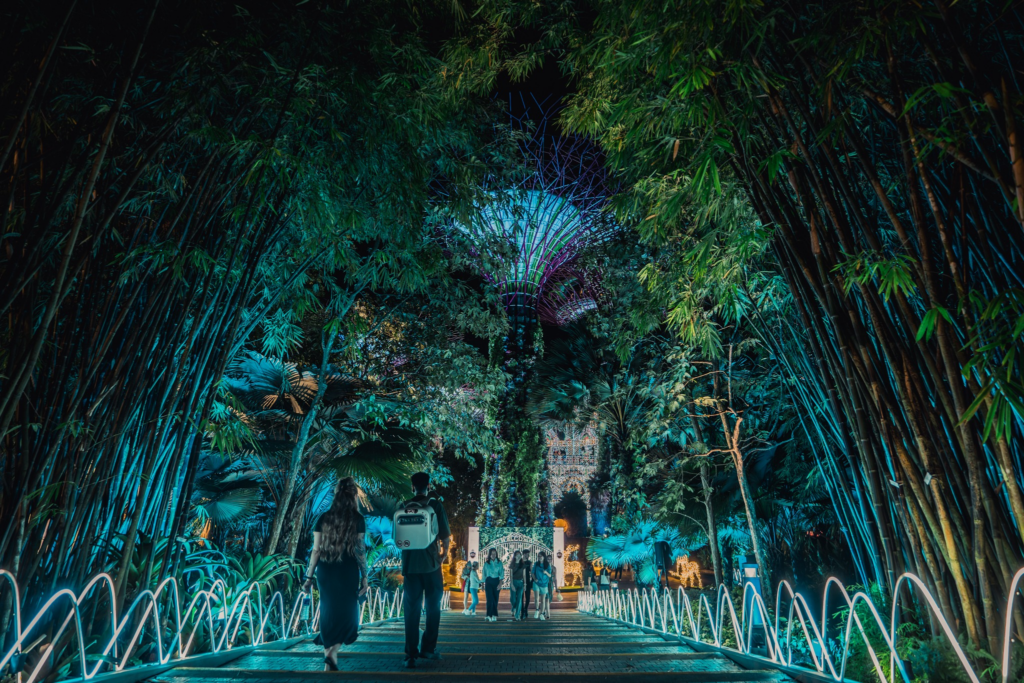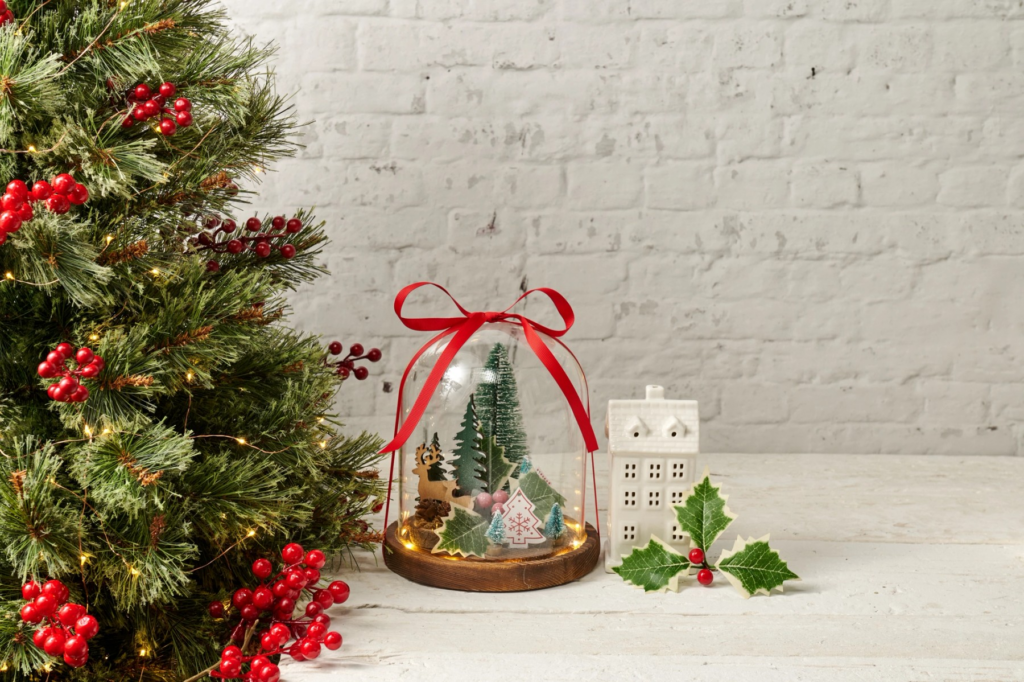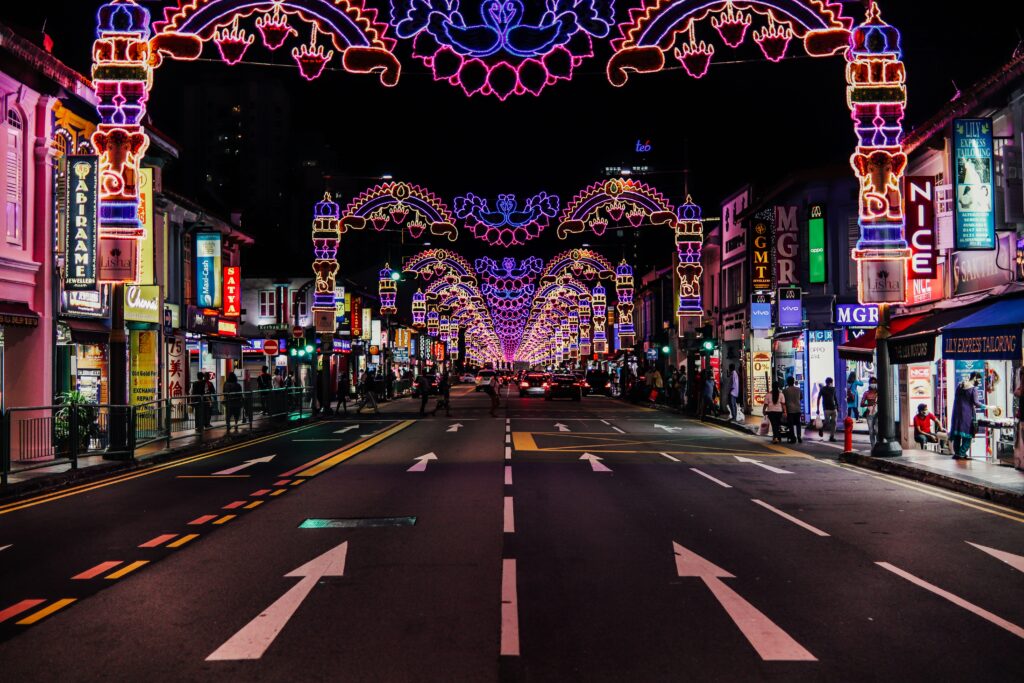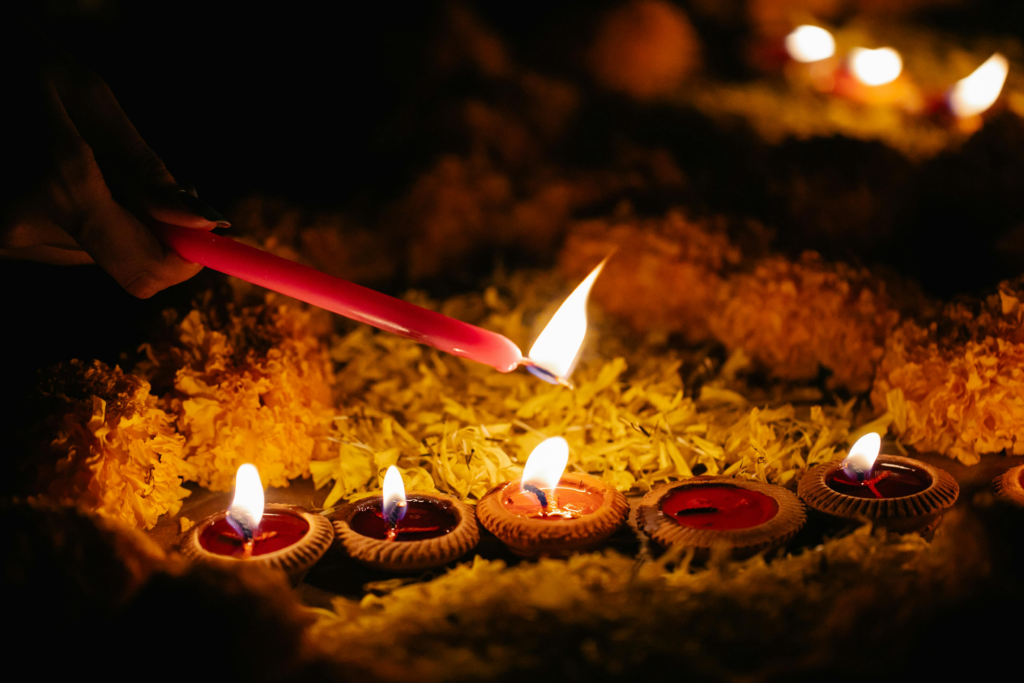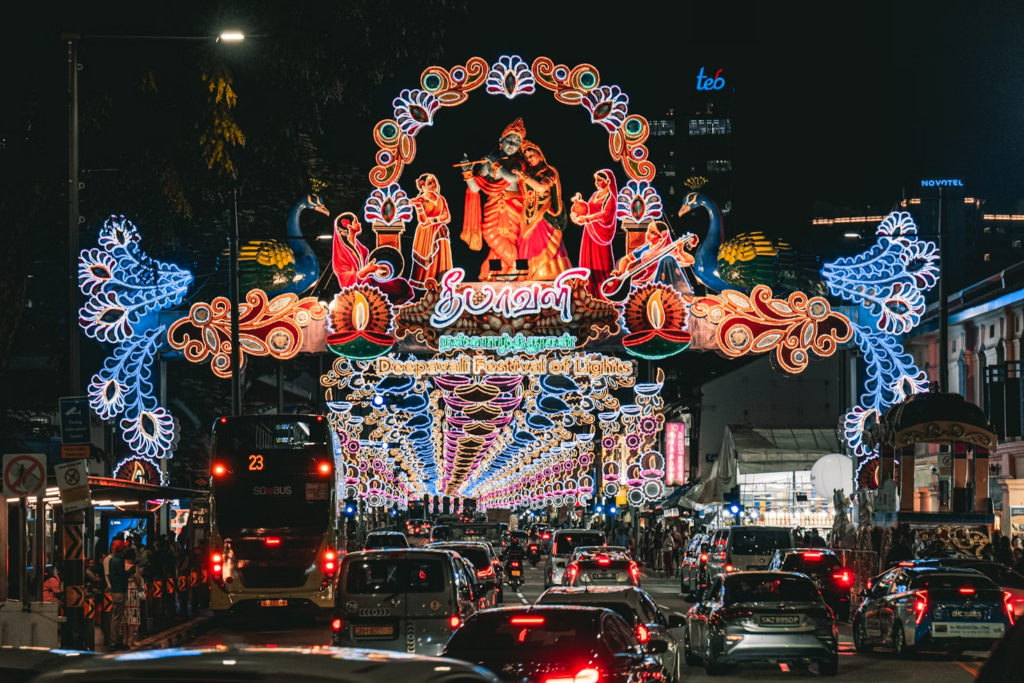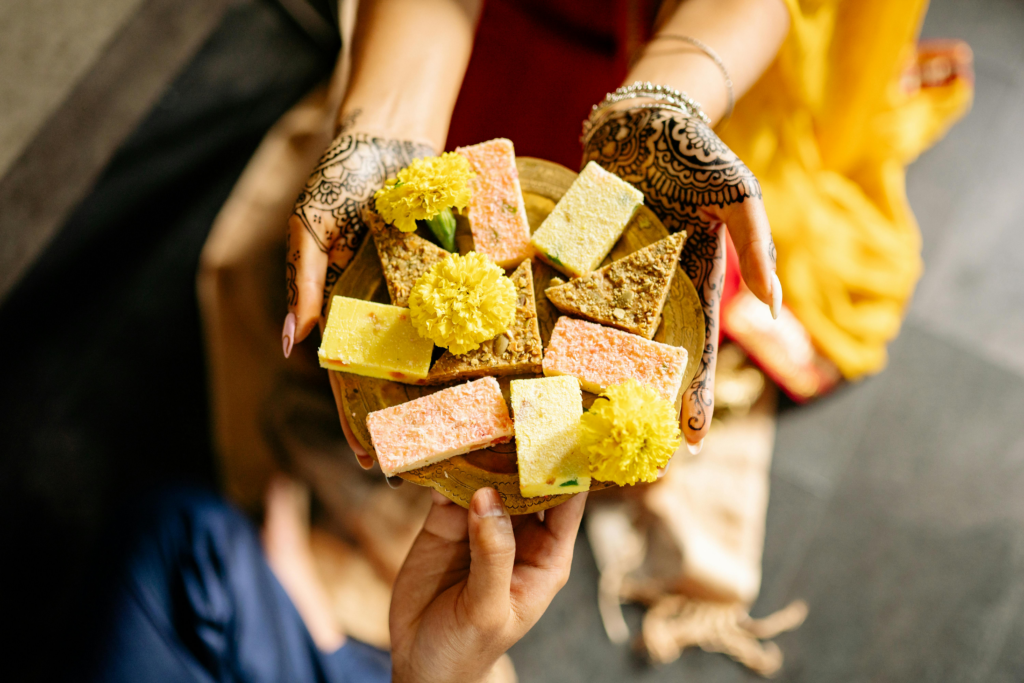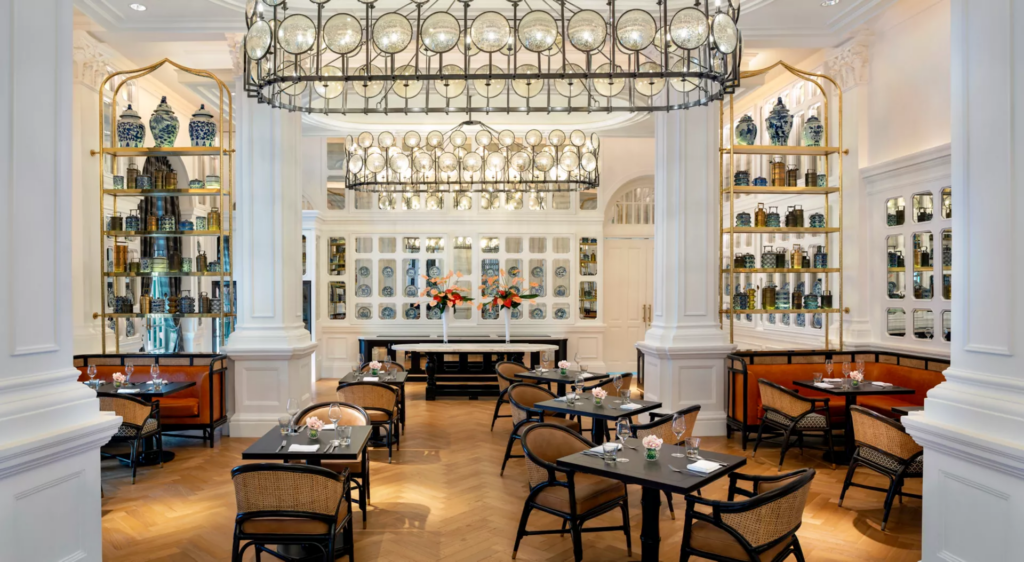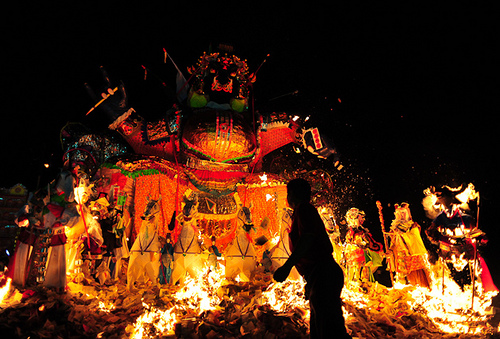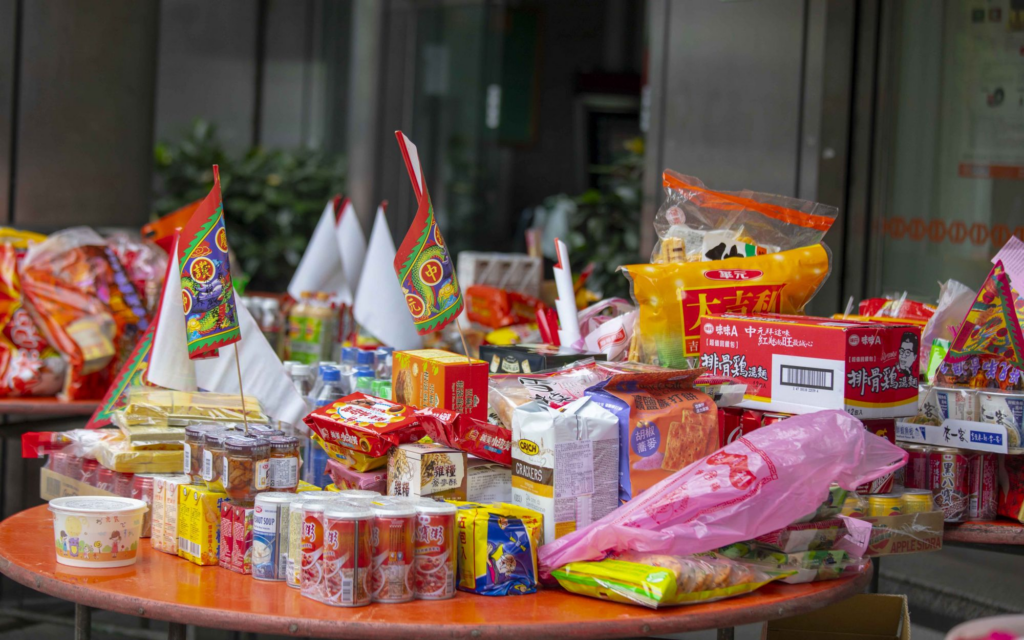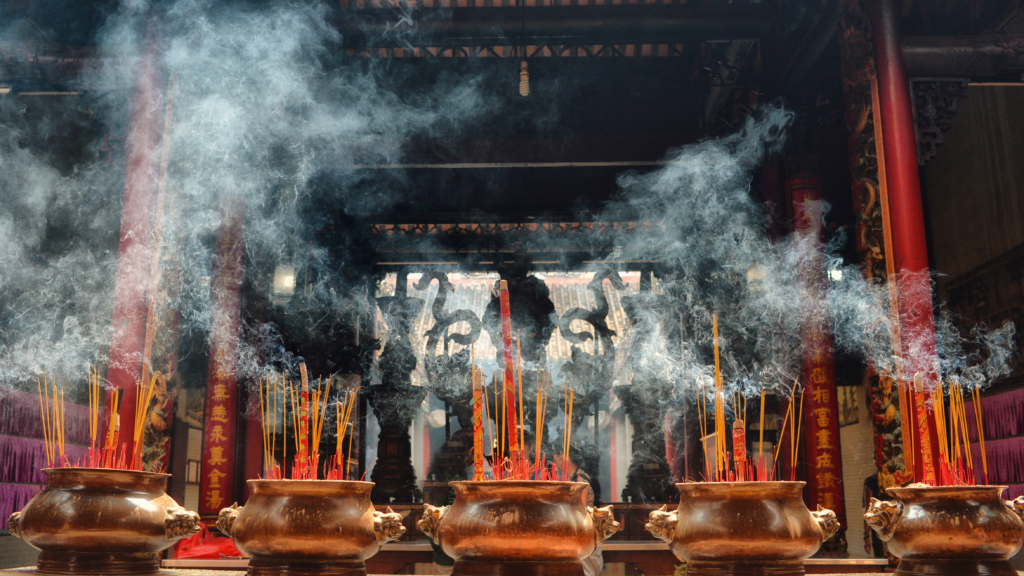“Festivals of the dead are never about endings, they’re about connections that endure.”
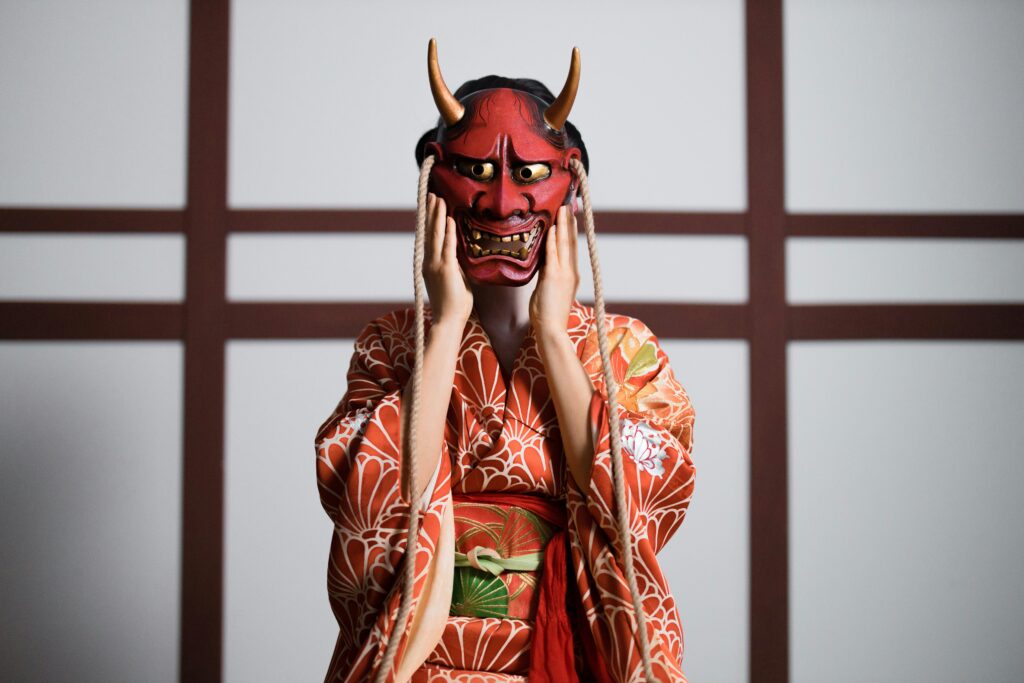
It’s Hungry Ghost Festival season in Singapore, observed this year from 23 August to 21 September. During this time, families prepare offerings, enjoy lively performances, and gather to honour ancestors and wandering spirits. The occasion blends reverence with festivity, reminding us to care for those who came before us while cherishing moments with loved ones.
What might surprise you is that this practice isn’t unique to Singapore. Across the world, many cultures hold their own “festivals of the dead,” with prayers, rituals, food, and music that celebrate memory and family ties. Each one is distinct, but they all share the belief that honouring the departed helps keep their presence alive.
The Hungry Ghost Festival

Also known as the Zhongyuan Festival in Taoism and the Yulanpen Festival in Buddhism, it is a traditional event celebrated in several East and Southeast Asian countries. According to the lunar calendar, it takes place on the fifteenth night of the seventh month, a time often referred to as “ghost month.” During this period, people believe that the gates of the underworld open and spirits wander freely. These wandering ghosts may be looking for food, entertainment, or even a chance to reconnect with the living.
To honor these spirits and bring peace to both the departed and the living, families and communities make offerings in different ways. Special metal cages are placed outside housing estates and temples, where people burn paper money, incense, and even detailed paper creations that resemble houses, cars, clothing, or mobile phones, items meant to provide comfort in the afterlife. Food is also set out on sidewalks or in temples, both to appease unknown spirits and to pay respects to deceased relatives. These practices are not only acts of remembrance but are also believed to bring blessings and good fortune to those who take part. Check out: Hungry Ghost Festival Singapore 2024
Japanese Obon

In Japan, Obon is one of the most cherished Buddhist traditions, a multi-day event often referred to as the Lantern Festival. Celebrated for more than 500 years, it is a time dedicated to honouring ancestors, as many believe the spirits of loved ones return to the physical world each year to visit their families. Obon was later introduced to Hawaiʻi in the late 19th century by Japanese immigrants working on plantations, and today it continues to be a meaningful tradition both in Japan and within Japanese communities abroad.
The dates of Obon vary depending on the region. Japan once followed a lunar calendar, but after adopting the Gregorian calendar during the Meiji era, communities began observing the festival at different times. As a result, some areas celebrate in mid-July, while others hold it in August. Regardless of the month, the spirit of Obon is the same: showing respect to ancestors, welcoming spirits into homes, and sending them off again with offerings and rituals. Alongside these customs, there are a variety of traditions and festivities that differ from place to place and even from family to family. Many people visit and clean ancestral graves, while others take part in local dances, festivals, and community gatherings.
The origins of Obon can be traced to a Buddhist story about the disciple Maha Maudgalyayana, who discovered that his mother was suffering in the Realm of Hungry Ghosts. Guided by the Buddha, he made offerings to monks on the fifteenth day of the seventh month, which freed her spirit. Filled with joy, he danced in celebration, inspiring the Bon Odori dances still performed during the festival today. Bon Odori is now one of the most recognisable aspects of Obon, with participants in yukata dancing to the rhythm of taiko drums in parks, temples, shrines, and other public spaces. Another moving custom is Toro Nagashi, the floating of paper lanterns down rivers that flow to the sea. Each lantern, softly glowing with a small candle, represents the spirit of an ancestor, gently lighting the night as it drifts downstream. These traditions bring families together in remembrance while also celebrating connection and community in the present.
Mexican Día de los Muertos

Popularly known as the Festival of the Dead, Día de los Muertos is a vibrant Mexican tradition celebrated each year on November 1 and 2. In some communities, the festivities begin as early as October 31 or extend to November 6, making it a season of remembrance. Families and friends come together during this time to honour loved ones who have passed away. Instead of being a solemn occasion, the holiday is filled with joy, laughter, and storytelling, as people share humorous anecdotes and cherished memories that bring the spirits of the departed close again.
A central part of the celebration is the creation of ofrendas, or home altars, decorated with photos, candles, and favourite foods and drinks of those being remembered. Bright orange marigolds, called cempazúchitl, are used to guide spirits back to the world of the living, while colourful calaveras (skulls) appear in artwork, masks, and sweet sugar candies. Families also visit cemeteries with offerings of flowers, food, and gifts, transforming gravesites into lively spaces filled with light, music, and togetherness.
The holiday is just as much about celebrating life as it is about remembering the dead. Friends often exchange sugar skulls, share pan de muerto, and write playful poems called calaveras literarias, which humorously imagine epitaphs for friends or public figures. Though deeply rooted in Mexican culture, Día de los Muertos is embraced in other countries such as Bolivia, Guatemala, and Peru, each adding its own traditions, like offering coca leaves or cigarettes in Bolivia. Today, the spirit of the holiday has spread far beyond Latin America, with celebrations in U.S. cities such as Cleveland featuring parades, music, dancing, and community workshops.
Gai Jatra

One unique festival of the dead is Gai Jatra, also called Sa Paru, which is celebrated in Nepal mainly in the Kathmandu Valley by the Newar people. Taking place in the month of Bhadra (August/September), the exact date is determined by the lunar Nepal Samabat calendar and falls on the first day of the dark fortnight of Gunla. The festival is dedicated to remembering relatives who have passed away during the previous year, blending deep cultural traditions with a lively atmosphere that brings the community together.
The origins of Gai Jatra go back to the 17th century, during the reign of King Pratap Malla. After the death of his teenage son, the king created this tradition both to honour his son’s journey to the afterlife and to comfort his grieving queen. Since then, the festival has been a way for families to cope with loss, while also celebrating life with music, parades, and humour. The name itself means “cow procession,” as cows are considered sacred and believed to guide departed souls to heaven.
During the festival, children dress up in costumes, often with cow headdresses and even moustaches painted on their faces. They wear special skirts and belts that drag on the ground, symbolising the connection between Earth and heaven, helping their loved ones ascend. Processions fill the streets in the morning, while the evenings are full of laughter, with comedic performances and satire meant to ease grief and remind families that joy can exist alongside remembrance. Gai Jatra continues to be a moving blend of ritual, storytelling, and celebration for the Newar community.
Famadihana

In Madagascar, many Malagasy people believe that the spirit of a person does not immediately leave this world after death. As long as the body remains, the spirit is thought to stay connected to the living. Families feel a responsibility to care for their loved ones and ancestors until the body has fully returned to the earth, allowing the spirit to continue its journey into the afterlife. This care can last for many years, sometimes even generations, and one of the most meaningful ways to show it is through a large celebration called Famadihana.
Famadihana, often called the “turning of the bones,” is a major death ritual that brings families and communities together. Relatives may travel long distances, sometimes for days, to gather at ancestral crypts where the ceremony takes place. During this event, the remains of ancestors are carefully exhumed, rewrapped in fine silk shrouds, and carried in a joyful procession back to the village. The bodies are then laid out, side by side, to be cleaned, redressed, and celebrated. Families often speak directly to their ancestors during the ritual, sharing news, asking for blessings, and remembering their lives through storytelling.
Once the ancestors are honoured, the event turns into a lively reunion. Music, dancing, and a great feast follow, with the belief that the spirits enjoy a good celebration just as much as the living. In some families, people will even dance with the wrapped bodies of their ancestors, not as a sombre gesture, but as an expression of joy, respect, and closeness.
All Souls’ Day

Observed on November 2, All Souls’ Day is a Christian tradition dedicated to remembering those who have passed away, especially souls believed to be in Purgatory. For believers, it is a time to honour loved ones and support their spiritual journey toward heaven through prayer and Mass. The day is part of the larger Allhallowtide season, which also includes Halloween and All Saints’ Day, tying together themes of remembrance, faith, and the connection between the living and the departed.
The heart of All Souls’ Day is prayer. Catholics believe that souls in Purgatory are being purified before entering heaven, and that prayers offered on their behalf can help in that process. Many parishes hold special Masses for the dead, giving families an opportunity to gather and remember relatives and friends. Along with attending services, people often visit cemeteries to decorate graves with flowers and candles, creating a space of reflection and connection.
Traditions have grown around the observance, some of which carry echoes into modern customs. One example is “souling,” a practice in which people once went door-to-door, offering prayers for the dead in exchange for small cakes, food, or coins, an early version of what later evolved into trick-or-treating. While practices vary across cultures and communities, the focus of All Souls’ Day remains the same: affirming the bond between the living and the departed, and reminding families that love and prayer reach beyond death.

